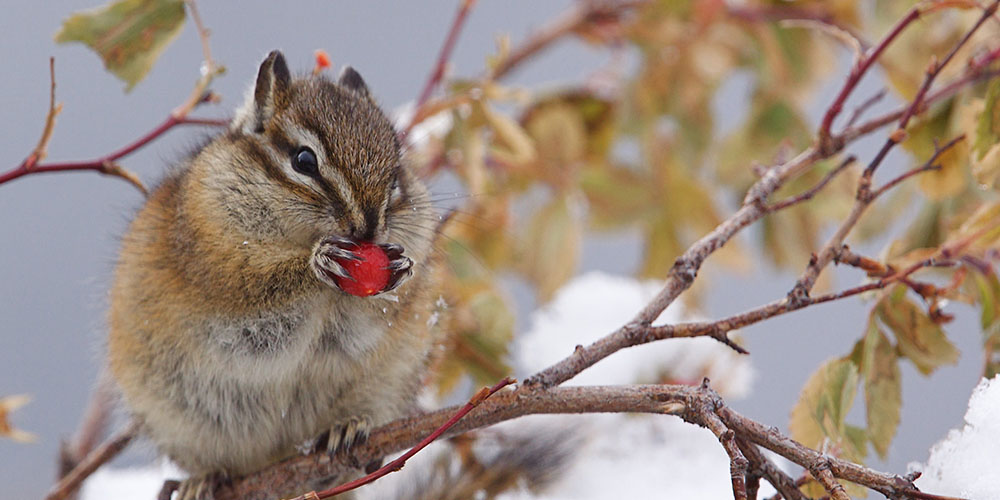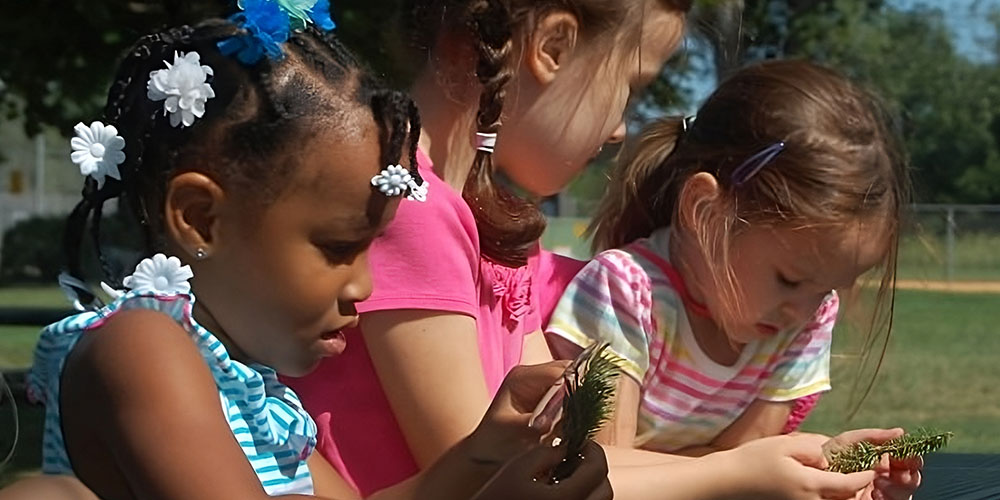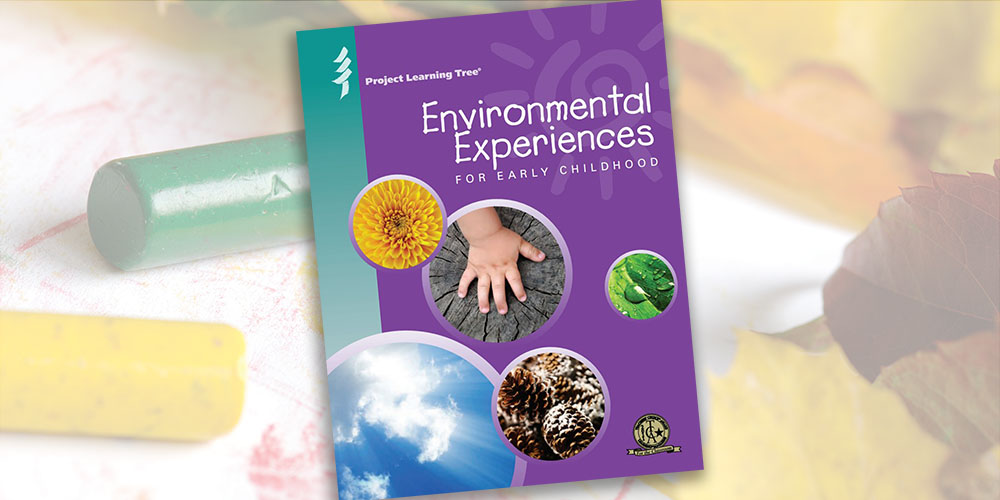Find Activities and Curriculum
Inspire young people connect with the environment through hands-on, multidisciplinary
activities for all
grades, settings and subject levels
Filter Selected:
Every Tree for Itself
Through a simulation, students explore the ecosystem components that trees need to live and grow, and learn how organisms in an ecosystem often must compete for their needs.
Power Plants
Plants are crucial components of most ecosystems because they provide the energy that other organisms need to live. In this inquiry-based activity, students design investigations to explore what these “power plants” need to function and grow.
Web of Life
By conducting research and simulating a food web, students take a close look at a forest ecosystem and discover ways that plants and animals are connected to each other.
A Home for Many
From their leafy branches to their tangled roots, trees provide a habitat for a host of plants and animals. Students inventory the plants and animals that live in, on, and around trees and discover how trees meet their needs for survival.
The Forest of S.T. Shrew
Students take a “shrew’s-eye-view” of life in the woods to gain an understanding of the variety of organisms that live in forests and to learn how living and non-living things interact.
Picture a Tree
Students draw a picture of tree from memory. As they explore trees close up through the other unit activities, they will draw new pictures and compare them with the original pictures they drew.
Environmental Experiences for Early Childhood
Bring nature into the classroom and safely take young learners outdoors, whether you live in an urban, suburban, or rural community. Encourages children ages 3 to 6 to explore, discover and communicate in expressive ways with over 130 experiences.
Habitat Pen Pals
Students learn about the diversity of habitats in their state and write letters from the perspective of organisms living in those habitats.
Schoolyard Safari
Students look for signs of animals living in and around trees in the schoolyard, observing how a tree can serve as a habitat or as one part of habitat.
Trees as Habitats
Students inventory the plants and animals that live in, on, and around trees and discover how plants and animals depend on trees in many ways.
Get in Touch with Trees
Students explore the parts of a tree through mystery boxes, a blindfolded walk, and by sorting different leaves. This activity sharpens observation skills and descriptive vocabulary of trees and tree parts.
Bursting Buds
Students observe leaf buds over time to see what happens as the tiny, bright green leaves burst forth.
Every Tree for Itself
This simulation helps students model and understand the conditions that trees need to live and grow.
Signs of Fall
Students observe signs of autumn and gather data about trees on or near the school site as fall approaches.
Adopt a Tree
By “adopting” a tree and observing it over time, students practice their observation skills, look for patterns, and develop a personal connection to the adopted tree.



